We’ve gone some lengths to put droves of free information on this website in past versions of it. It was good, but there was just so much of it. Pictures, Text, Information on Rocket mass heaters, Site analysis, Questionaires, Resource Lists, Books, Instructions, References to other places to get information…
Now, we’re changing our approach on all of this. The information still exists, we have incredible amounts of information in various forms… but why crowd this space with it? If you would like some information about a topic we have researched, reach out.
But since you came to this site and page in search of information, feel free to check it out.
Let’s talk about what Boundary Conditions are. There are a series of articles on the mathematics that build up to a more solid comprehension of what boundary conditions are. But here we present a concise introduction. So, what does the term “boundary conditions” refer to?
We started writing a book about this a few years ago… It’s actually a very interesting topic…
It’s a term most engineers would recognize. Strictly speaking, according to conventional history, it originally rose out of the study of mathematics in the 18th century. However, it really began to explode with the development of classical and modern physics over the 19th and 20th centuries. People who know us, know how much we love the rigorous ordering of logical structure – and the beauty of nature’s internal consistency and the elegance in mathematics; which is the underlying and fundamental language of the universe.
But we’re getting ahead of ourselves.
Let’s start first with Initial Conditions.
When you are trying to solve for an unknown function – a function being the relation between sets of inputs, or the “domain” and outputs “the range”, or in other words, a rule of mapping and assignment – contrasted to merely solving a known equation/function for an unknown variable, you need more information to if you want to a cogently express a solution rather than describe trends in the solution space.
For problems involving such an unknown function, the initial condition is the key that allows you to have a primary point of contact that establishes the root of your expression of the solution. If you can say that this unknown function was measured, or enough data was supplied, to know what it was doing at a precise moment in time, that is the ticket towards expressing the solution in its totality. For simple, ordinary differential equations.
Partial differential equations add a layer of power and complexity. Generally speaking, they are much more difficult to solve. Initial conditions – knowing information about the problem at its inception or at least at the beginning of our awareness to it for the model we construct – are necessary but will only get us so far. The types of phenomena reality displays that we model with PDE’s are often infinite in their mathematical reach. To solve the problem, we need boundary conditions. We need to constrain the realm of phenomena that we are approaching the problem with, trying to find a solution to.
Think about a vibrating drum head. You have the wave dynamics of sound, pressure, reverberation, frequency that are all contained within the possibility of expression of matter in the universe. But to hear a note, you must also tap the drum. An initial condition – a force that sets things into motion. But the drum is not infinite – therefore the waves cannot propagate indefinitely. They must terminate vibration at the constrained, fixed nodes, or the circular rim of the drum.
If you combine these different ingredients, you have sound.
Music.
With music? Healing, expression, art, culture, industry.
It’s been said that the designs become easier and easier the more constraints are placed on it. The design emerges and arises out from the limitations placed on the problem.
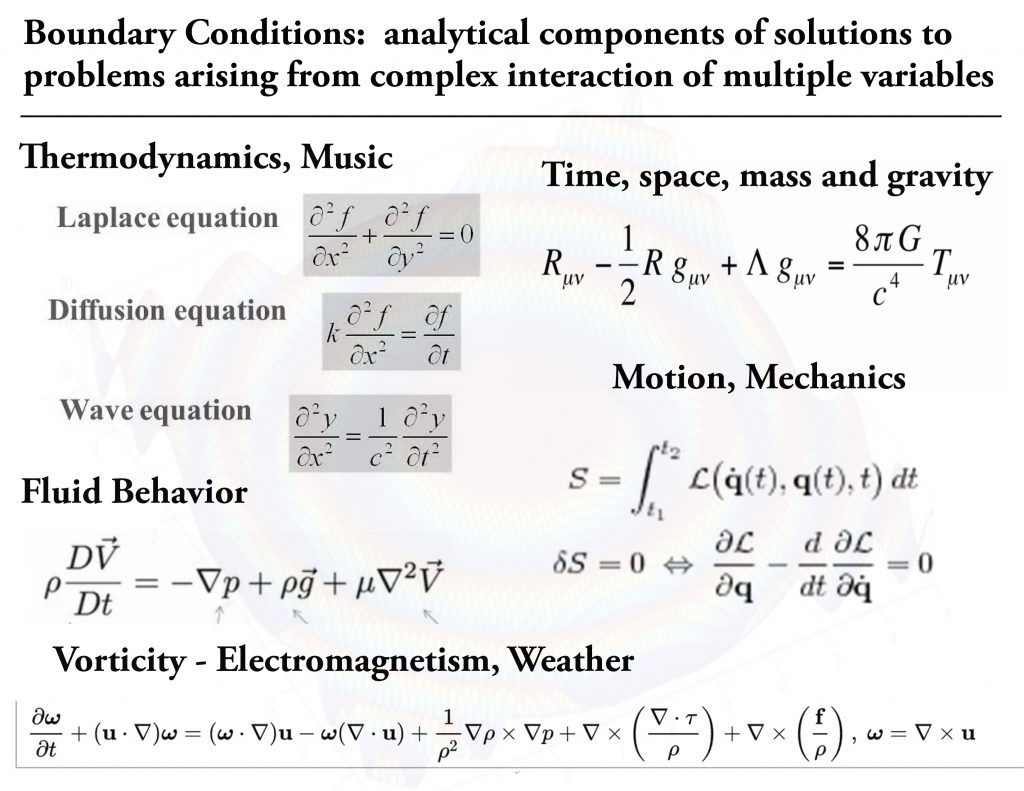
So how does this apply to us?
The motto of Boundary Conditions is: Φράκταλς, Αρμονία, σχέδιο
To design harmonics atop fractal reality.
What does this mean?
It would take a long time to explain it.
We have had big ambitions and dreams for how we wished to shape and bend reality. If we could just keep elevating, keep pushing the boundary, keep rising, we could pierce the threshold and tap into the vision.
Unfortunately, we are mortal flesh that melts like the morning dew. We have crippling limitations that ultimately rend us unto dust. Yet our souls are immortal and cannot be destroyed? In light of all this, how shall we spend our days?
We have come to terms with the limits of our term. We seek only to do our duty to all fellow life within the vast realm of living creation. We have learned that our dreams, the reconstruction of the greatness of the potential contained within our genome, must lie dormant like a seed waiting for the right germinating conditions, once our society has grown fertile enough given the totality of its meta-conditions.
Then let us identify the task at hand, while we preserve and maintain in the background of consciousness the vision of a full fledged, self aware, harmonical society designed in accord with the holographamorphic fractal nature of reality.
It’s actually not such a complicated question. What else, than to build the soil? To get on the ground and actively work to create and help others create those soil conditions we need to usher in the kind of world we dream of. We must raise the vibration. We must engage in the process of design.
Soil in a metaphorical sense to describe the substrate on which events can unfold, but also, it turns out, soil in the biochemical, real life SOIL sense. Soil is the life of the earth. Without soil, how could we hope to achieve our goals?
So while we have largely tackled large scale, abstract, historical problems, we have by deduction come to be required to tend to the earth by the sweat of our brow, and to see and love the microorganisms that everything we can perceive is built upon. The microbes in our forests, in our bodies, in the air, in our minds…
So recalibrating the living human environment with a harmonic vision of the future has proved to be the challenge that we have found solutions to when provided with initial and boundary conditions, but have not been able to solve generally. There is great opportunity in this, and great challenges. The kind of challenge someone could sink their teeth into and chew hard their whole lives without getting bored.
So here we are!
Here’s a style of cartography that has been utilized to create graphical depictions of solutions that have worked for us. This was my first personal forest garden:
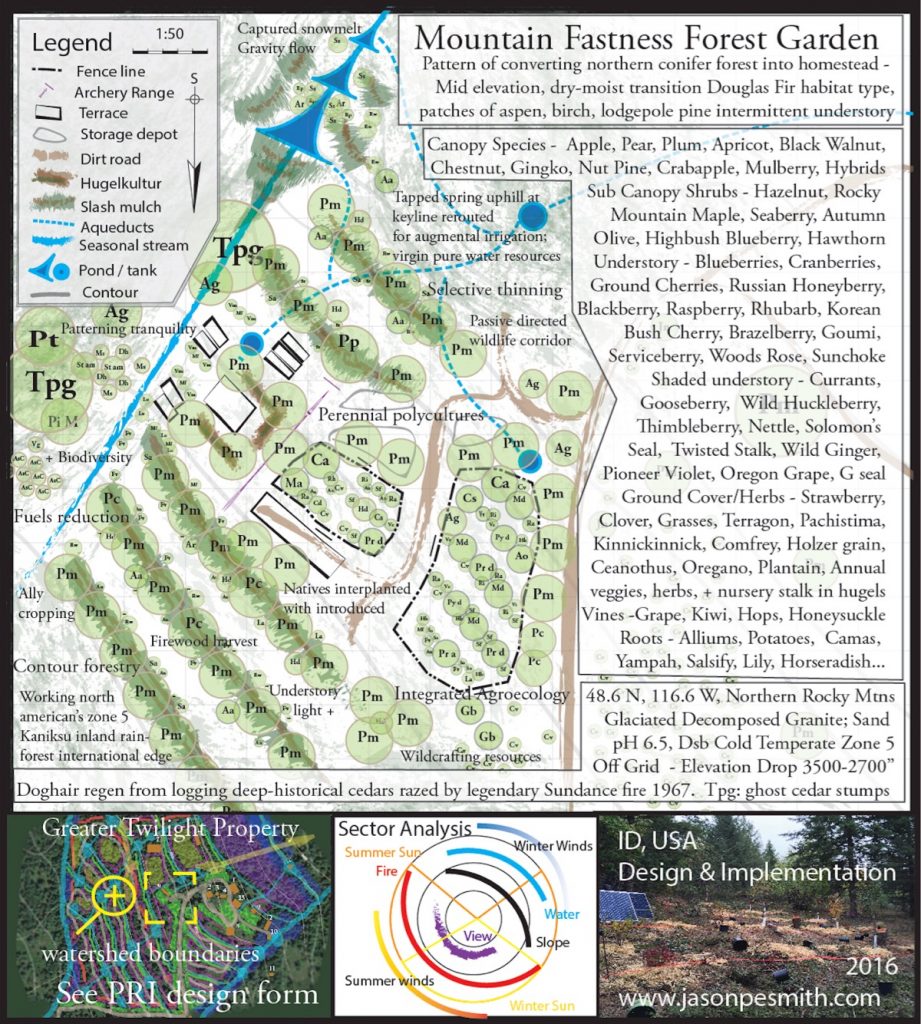
This market garden I developed forest gardens on and grew veggies and fruits for farmers market and processing at. Off grid homesteading but to production scale rather than personal:
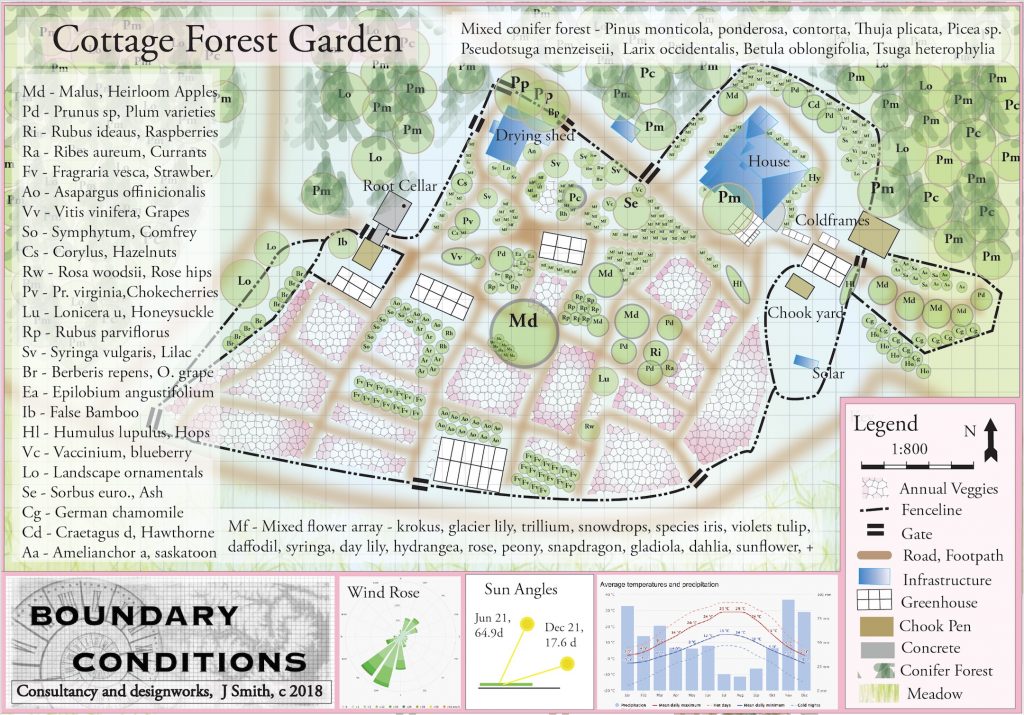
Branching out into the shared collective sphere, we started setting up community demonstration gardens. Here’s one from a common good forest garden at a community hospital we were developing back in the old world order:
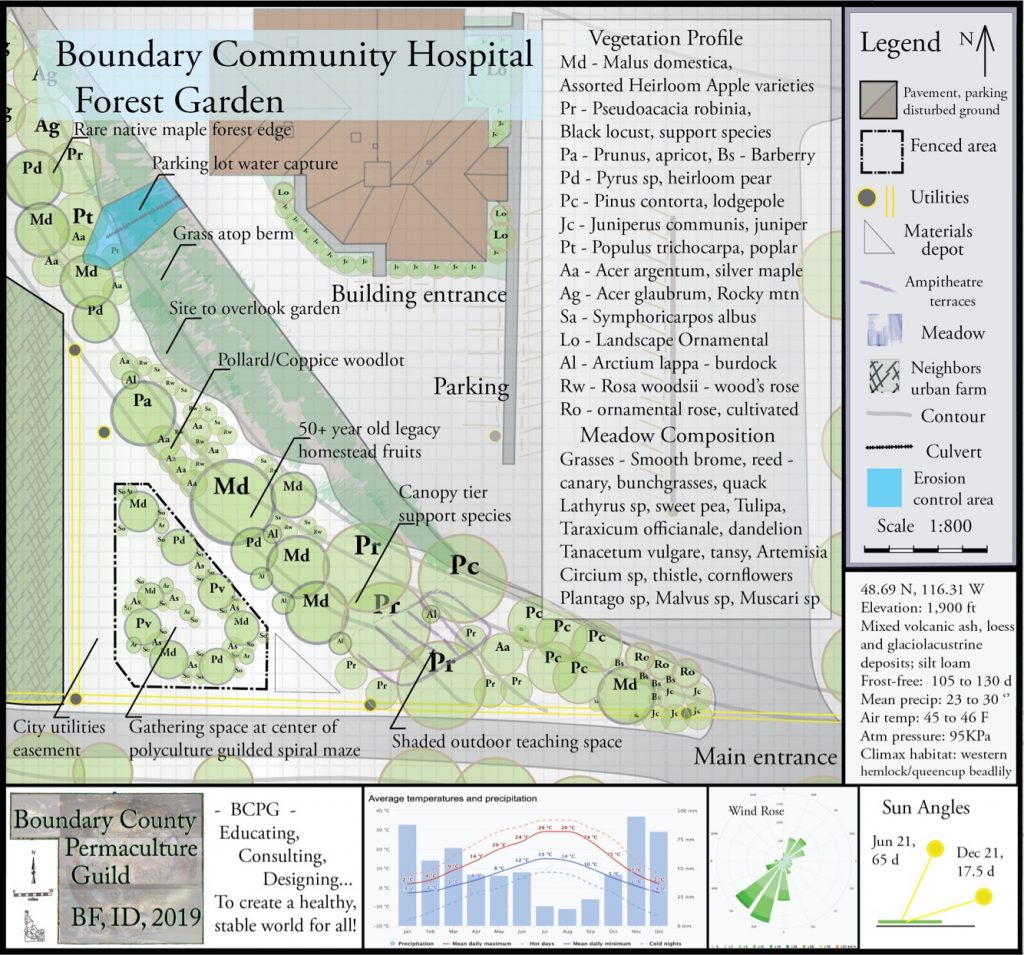
This design has been developing as a part of an effort to beautify and make productive a cemetery garden for a church, to think on long time horizons and to honor the dead:
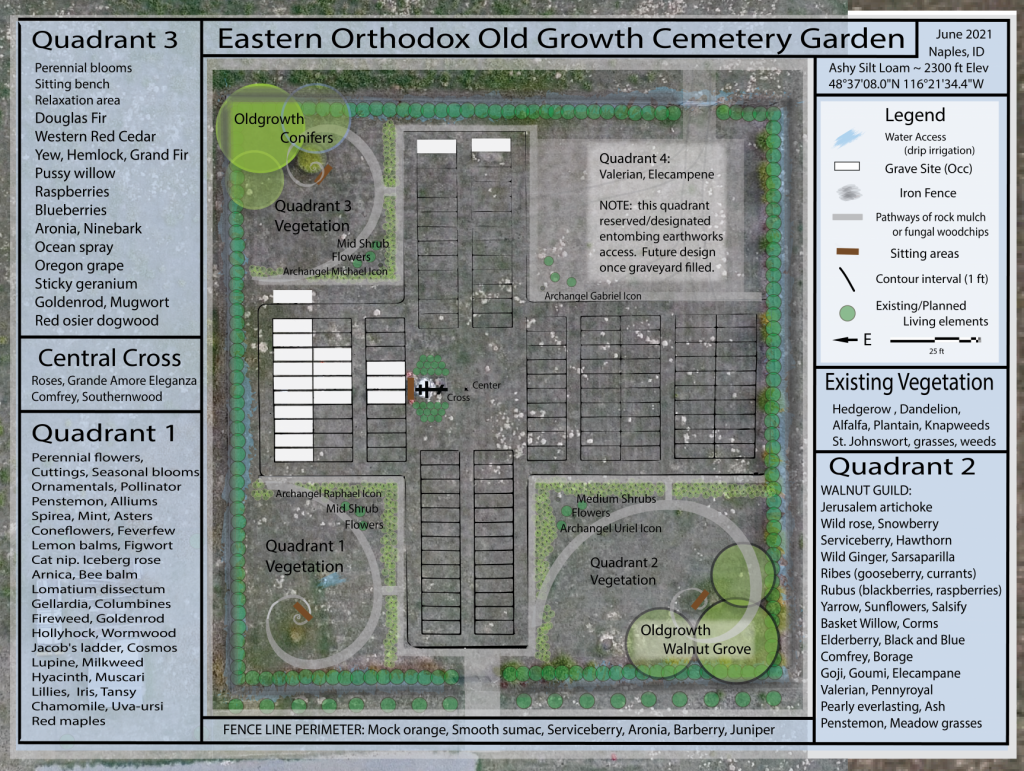
Lately, we’ve been doing more hand drawn maps.
While holistic integrated syntropic agroforestry is something we deeply enjoy working on, it’s not necessarily the core of our work. We focus on solving problems, to the ends of Φράκταλς, Αρμονία, σχέδιο. We seek to honorable and dutifully do whatever we are divinely called to in order to draw the beauty we seek out of eternity, and be congruent with our power. And we particularly enjoy working on and solving new problems we haven’t faced before. If we cannot solve a problem right now, we shall figure out how to.
We bring competence, integrity, resolve, and everything we’ve been able to retain of our experience. We’ve always focused more on educating and consulting for those whom we’ve corresponded, to share what we’ve learned without presumption or giving orders. We can provide recommendations, and the research they are based on. We can help establish these systems, too. But we are willing to meet whomever whereever they’re at. There is a strong air of privacy, independence, “do it ourselves” attitude in the usual client pool among locals for the part of the country we’ve been based in. We encourage people to be their own designers, we seek only to serve.